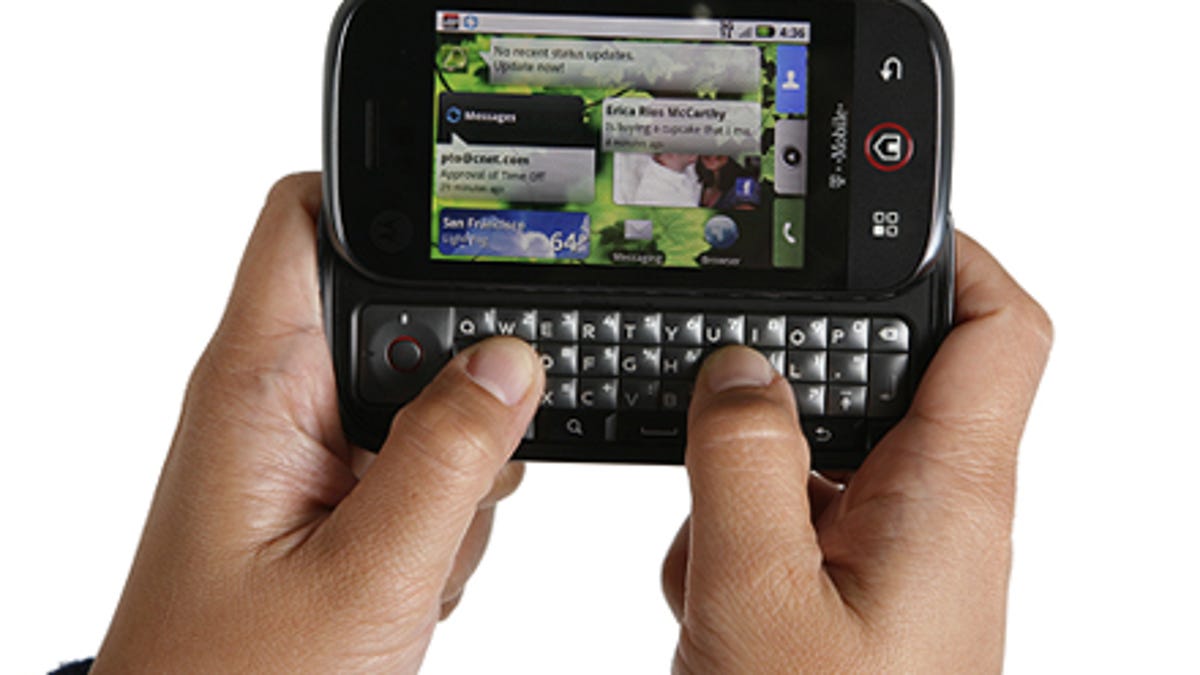On Call: Hello, Moto
Motorola is focusing on Android as it makes a comeback. That path is promising, but also risky.

Sixteen months ago I wrote in On Callthat I was not prepared to dance over Motorola's grave. While some analysts and tech journalists weren't sad to see Moto go, I wouldn't savor a cell phone world without a company that had such a pioneering role.
Over the following year, however, Moto has done little to step up its game. Besides a few decent handsets like the
Though we knew that Moto was tinkering with Android for some time, it wasn't until a showcase event on September 10 that the company announced its ambitious Android plans. It would introduce not only multiple Android handsets, but also a new user interface called MotoBlur that centers on social networking. It's an intriguing and risky move, particularly as the Android game attracts more players. But after reviewing the
Granted, that bar isn't very high, but that's hardly the point. Rather, Moto finally is striking a new path away from Razr revamps. The Cliq won't be a miracle device for the company, but it feels very much like a solid foundation for a new direction. Next up is the Verizon Droid, which got its start this summer as the Moto Sholes. We haven't even seen official photos yet, but Verizon is already taking aim at the iPhone with a snarky television commercial pointing out the iPhone's faults. If the finished product lives up to the early praise, Moto could have an excellent device on a network that's not AT&T.
On the other hand, I'm not so confident about MotoBlur. While the user interface is impressive for what it does, I'd hate to see the company rely too heavily on one user segment. Yes, there are plenty of "connected socializers" who want their entire lives converged onto one device, but there are also people who will find MotoBlur overwhelming, unnecessary, and a bit creepy. As my colleague Tom Krazit reported last month, Moto is shifting its focus from hardware to software. That's a big jump for a company that built its reputation on phone design and gave us iconic handsets like the

